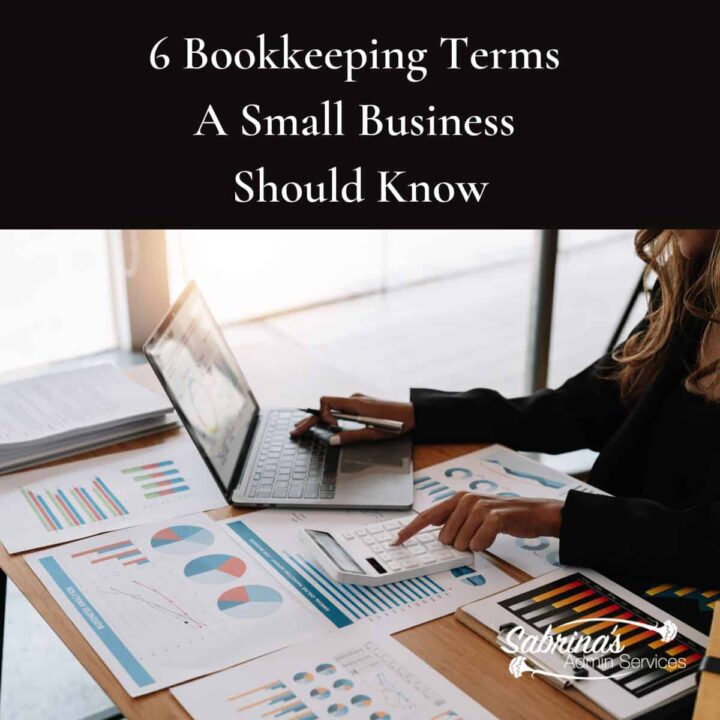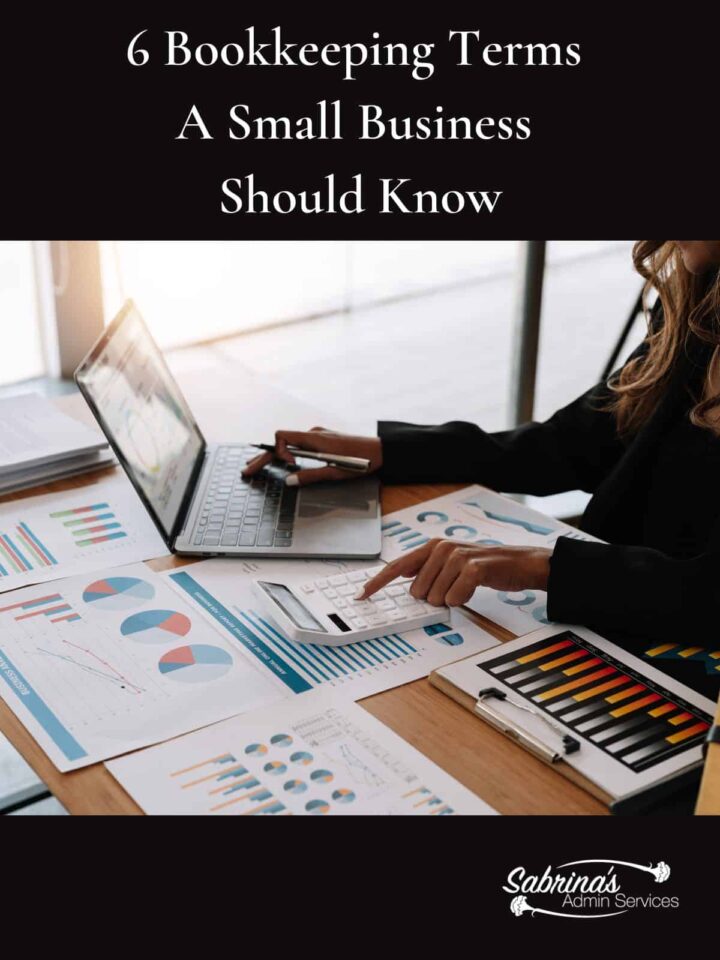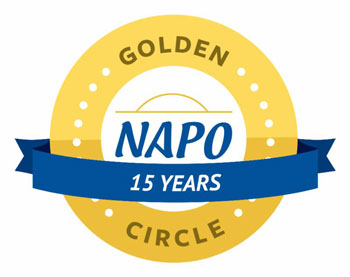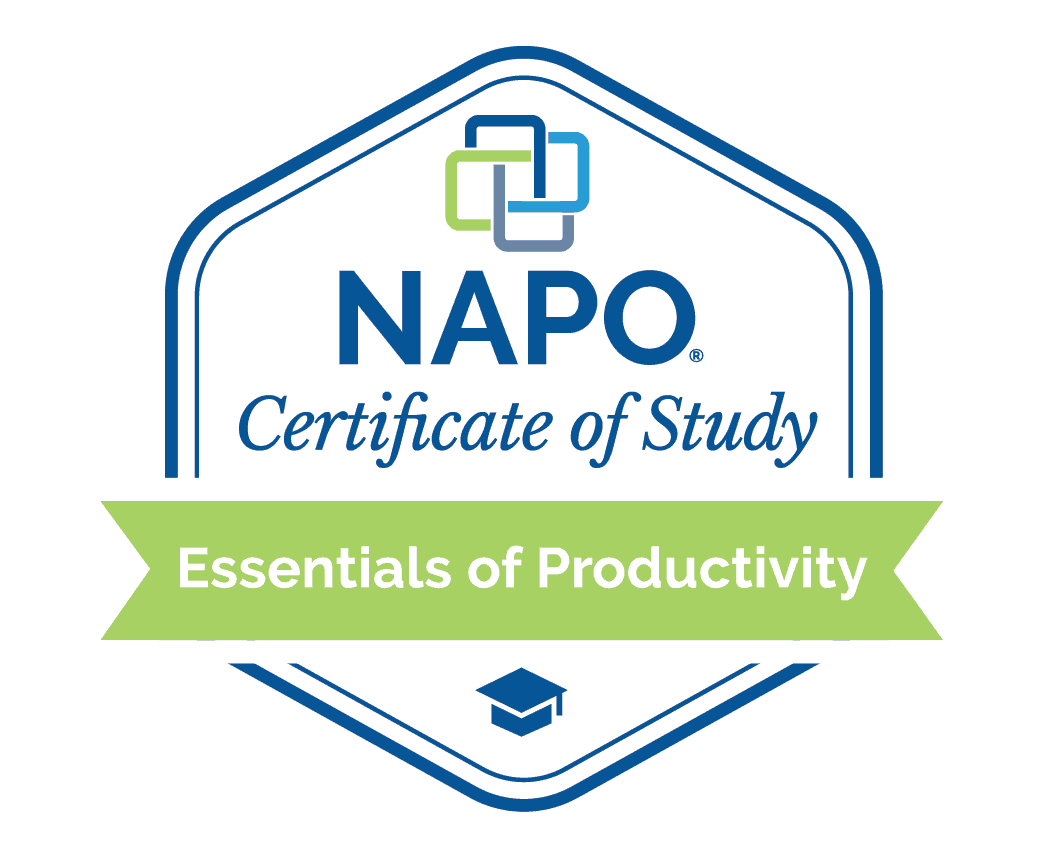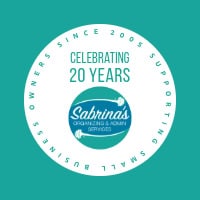When starting your business, there are bookkeeping terms you may not be familiar with. This new series, which I will be doing periodically, will share some words you should know to help you stay up-to-date on your small business bookkeeping.
Visit our other Social Media Terms Business Startups need to know.
Bookkeeping Terms
What is Adjusted Gross Income
The first term means the gross income of an individual, minus
1. Business expenses.
2. Any deductions allowed for income-producing property
3. Certain losses from sales or exchanges of property
4. Self-employment expenses
5. Moving expenses
Click here for more information from the IRS.
What is a Balance Sheet Report
It is a statement of a business’s financial condition at a specific point in time and date, showing its assets, liabilities, and capital.
Visit FreshBooks (affiliate) for more information on a Balance Sheet.
Note, this is not a P&L report. A P&L report shows you the current cash-in and out totals that will help you determine where the money is going and where it is coming from. Check out our How to Show Income Breakdown on a Profit and Loss Report post that shows you how to add income to this report.
What are Accounts Payables?
Accounts payable are the current liabilities owed to others: these accounts payable items can be purchased monthly, quarterly, yearly, or every few years.
Some accounts payable expense are the following but doesn’t include payroll.
Cleaning Services
Staff uniforms
Office Supplies
Legal fees
Supplier invoices
Contractor payments
How do you track accounts payable(AP)
You can easily track accounts payable by a paperless bill set to a particular email address, or you can get physical paper copies.
When you enter the transactions in an app like Quicken or QuickBooks, include the invoice number, due date, and payee’s name exactly as it appears on the invoice. When you revisit or search for an invoice in your app, you will be able to write the name from the statement, and it will help you gather all the transactions you need.
Accounts payable will appear on the balance sheet under the current liabilities section.
What is good and not so good when reviewing accounts payable?
When looking at your Balance sheet, compare this period to the last period. If the total number of accounts payable is higher over a prior period, the company will buy more of its needed goods and services on credit. If the total amount of AP is lower, the company pays more with cash than credit.
What are trade payables?
Trade payables are for money a company owes its vendors for inventory-related goods. Business supplies and materials are tracked under inventory.
Visit our other Accounts Payable Tips Every Owner Needs to Know for more tips.
What are Accounts Receivable?
Accounts receivable (AR) is another bookkeeping term a business should know. It is the opposite of Accounts Payable. Accounts receivable are the balance of money due to the company from customers who haven’t paid yet. It is generated when the company allows a buyer to purchase goods or services on credit. Accounts receivable are current assets. You can use this number to help borrow money from banks.
Where can you find Accounts Receivable(AR)
AR totals are on your balance sheet. They are booked as assets because they are money owed to you.
Visit our 9 things every owner needs to know about accounts receivable for tips.
What is an Asset?
An asset is a thing with economic value that a company has. Assets are reported on your company’s balance sheet and increase the value of your business. There are several types: Current, Fixed, Financial, and Intangible.
Some examples of business assets are vehicles, buildings, machinery, equipment, bank accounts (checking and savings), and accounts receivable.
There are four types of assets. Below is a brief description of each one.
Current assets: resources that can be converted into cash or consumed within one year. Cash and cash equivalents, accounts receivable, inventory, and prepaid expenses are examples of current assets.
Fixed assets: are resources that have a longer lifespan than a year. This could be equipment and buildings. This is where depreciation may come into play. Ask your accountant about depreciation on your fixed assets.
Financial Assets: This may not be for your business, but it is for stocks, bonds, equity, and securities.
Intangible assets(non-physical) are resources that have no physical presence. Examples include patents, trademarks, copyrights, royalties, etc.
What is a Liability?
And lastly, liability is on the bookkeeping terms you should know.
Liability refers to the money small businesses owe suppliers. You will have liabilities if you borrow or pay using a credit card. Note: If you pay off the credit card before the end of the month, it will not be a liability.
Some examples of liabilities are mortgages, business loans, wages owing, salary owing, interest payable, sales tax payable, lawsuits payable, debt payables, and balances owed to credit card accounts.
What type of liabilities are there
Long-term liabilities are financial responsibilities that will be paid back in more than a year.
Short-term liabilities are liabilities that must be paid back within one year.
Where are liabilities shown on my reports
Liabilities are on a balance sheet. Usually, there are short and long-term liabilities.
Well, there you have it; you should know these six bookkeeping terms. All of them are on the balance sheet. Contact your accountant for more questions.
Do you need help with your Bookkeeping, Accounts Receivable, and Payables? Check out my services here and contact me today. I service Pennsylvania, U.S.A.
Visit our other related posts:
